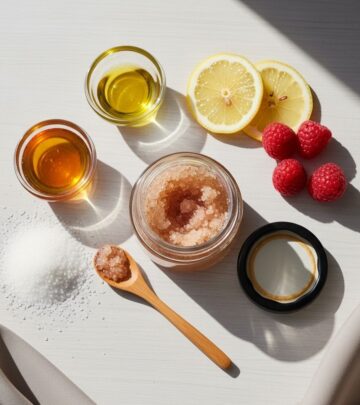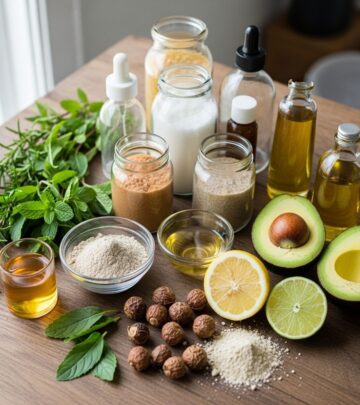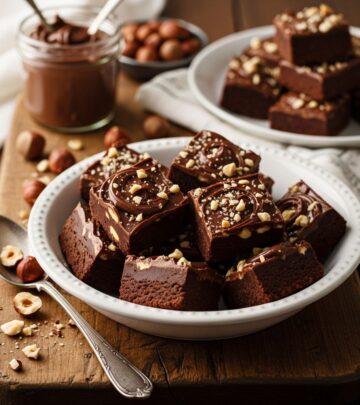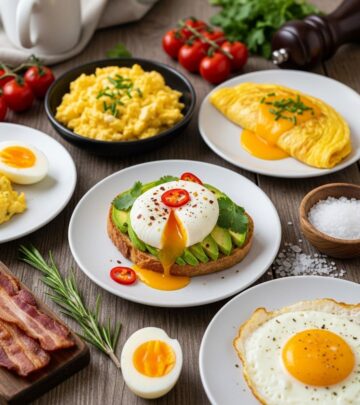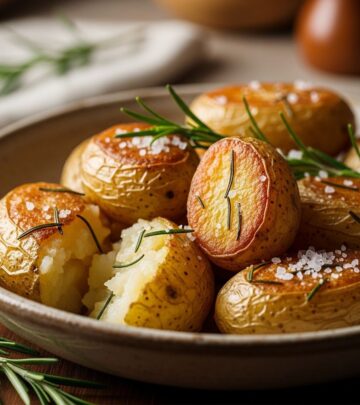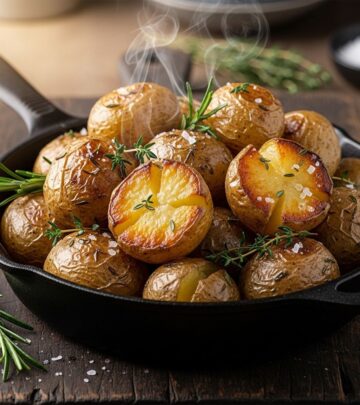Homemade Hamburger Buns Recipe: 6 Easy Steps To Soft Buns
Discover how to make soft, delicious hamburger buns at home—perfect for burgers, pulled pork, and all your favorite sandwiches.
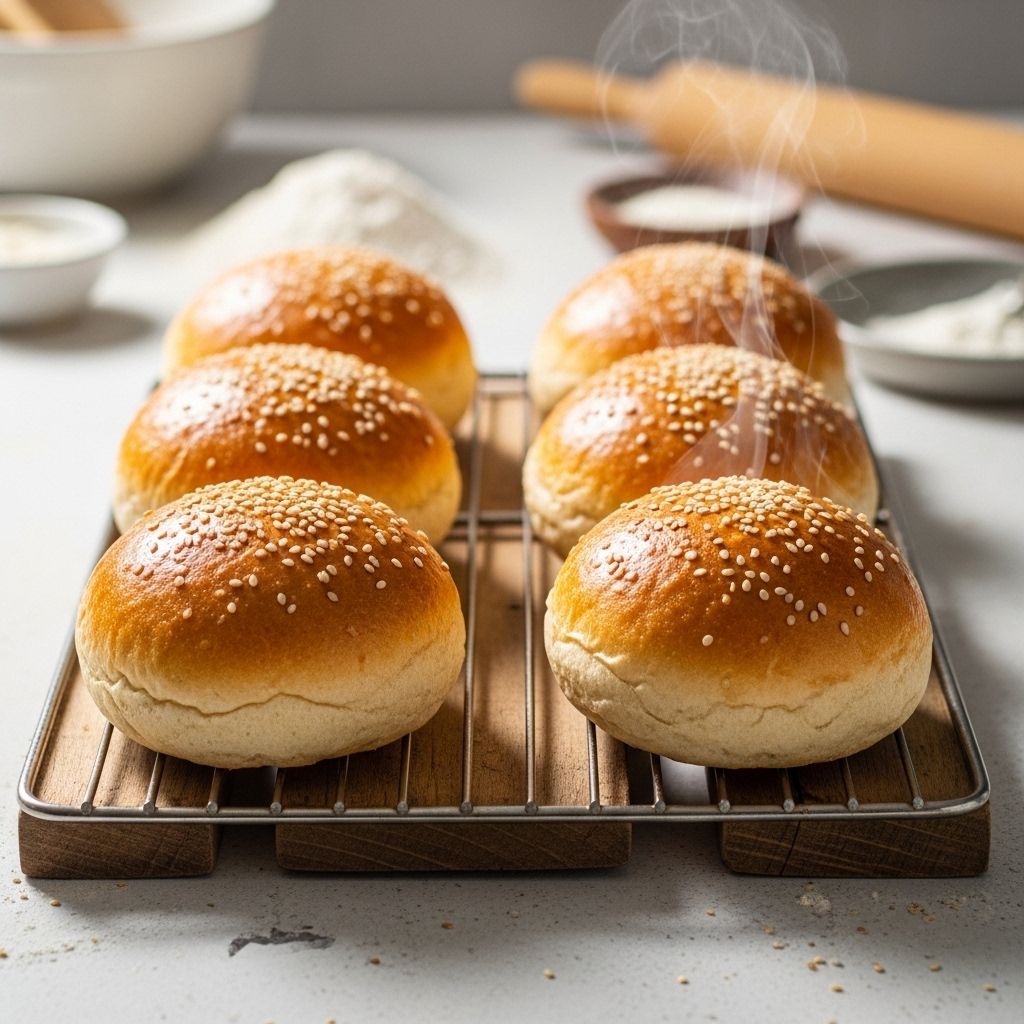
Image: HearthJunction Design Team
Homemade Hamburger Buns: Your Ultimate Guide
There’s something truly special about pulling a tray of fresh, golden hamburger buns out of your oven. Store-bought buns might be convenient, but homemade hamburger buns are tender, flavorful, and elevated beyond anything you can buy. Whether you’re grilling burgers, piling on pulled pork, or creating the perfect deli sandwich, this recipe will show you how to make the softest, most satisfying buns ever—all from scratch.
Why Make Hamburger Buns at Home?
- Unmatched freshness and flavor
- Control over ingredients—no preservatives or unnecessary additives
- Customize your buns in size and toppings
- Impress guests and family with your baking skills
How to Make Homemade Hamburger Buns
This step-by-step guide will walk you through the process of making hamburger buns from start to finish. Don’t be intimidated—homemade buns are easier than you think and well worth the effort.
Ingredients You’ll Need
- All-purpose flour: The base for the dough, provides structure and tenderness.
- Active dry yeast: Makes the dough rise for light, fluffy buns.
- Eggs: Add richness and help create a beautiful golden crust.
- Butter: Adds flavor and tenderness to the buns.
- Sugar: Feeds the yeast and gives a subtle sweetness.
- Salt: Enhances flavor and helps regulate yeast activity.
- Milk: Used in the egg wash for a shiny, golden top.
- Sesame seeds: Optional, for a classic finish.
Required Equipment
- Stand mixer with a dough hook (optional, but helpful)
- Mixing bowls
- Measuring cups and spoons
- Pastry brush
- Baking sheet
- Plastic wrap or clean towel
Step-by-Step Instructions
1. Make the Dough
Begin by proofing the yeast with some of the flour and warm water. When the mixture is foamy, add the rest of the flour, a beaten egg, melted butter, sugar, and salt. Knead the dough using a stand mixer fitted with a dough hook, scraping the sides often. The goal is to create a soft, slightly sticky dough that holds together but doesn’t cling to your hands.
2. The First Rise
Transfer the dough to a floured surface and form it into a smooth ball. Tuck the ends under for a neat finish. Coat a bowl (or your stand mixer bowl) with a drizzle of oil, then roll the dough around to cover it lightly with oil. Cover the bowl with plastic wrap or a clean towel and let it rise in a warm place until doubled in size. This usually takes about 1-2 hours, depending on your kitchen temperature.
3. Shape the Buns
Once the dough has doubled, return it to your floured work surface. Pat it into a slightly rounded rectangle—don’t worry about perfection. Cut the dough into eight even pieces. Take each piece and shape it gently into a ball, flattening it slightly to form a disc. This helps create buns that are uniform in size and shape for even baking.
4. The Second Rise
Arrange the shaped buns on a floured baking sheet, leaving enough space between them for expansion. Cover them and let rise again until doubled—usually 30-45 minutes. This crucial step ensures light, fluffy buns with a tender crumb.
5. Topping and Baking
- Preheat your oven to 375°F (190°C).
- Beat the remaining egg with a little milk to create an egg wash.
- Gently brush the tops of the risen buns with the egg wash using a pastry brush. Be careful not to press down and deflate the dough.
- If you love classic burger buns, sprinkle sesame seeds on top for flavor and visual appeal.
- Bake the buns until they are golden brown on top—about 15-17 minutes.
6. Cooling and Serving
Let the buns cool on the pan for about 10 minutes, then transfer to a wire rack to cool completely. Once cool, tear apart any buns that are touching, and slice each bun in half horizontally using a serrated knife. Your homemade hamburger buns are now ready to serve!
Tips and Tricks for Perfect Hamburger Buns
- Measure carefully: Too much flour makes buns dense; too little yields sticky dough.
- Don’t rush the rise: Allow the dough to fully double in size for the best texture.
- Egg wash for shine: The egg wash gives a glossy, golden finish and helps sesame seeds stick.
- Customize the size: For slider buns, divide dough into 12 pieces; for extra-large buns, divide into 6.
- Add-ins: Mix in dried herbs, seeds, or shredded cheese for unique flavors.
Ingredient Substitutions and Variations
- Whole wheat flour: Substitute half the flour with whole wheat for a heartier bun.
- Honey: Use honey instead of sugar for a subtle earthy sweetness.
- Dairy-free: Replace butter with plant-based margarine and use water or non-dairy milk for the wash.
- Seeds and grains: Top with poppy, flax, or sunflower seeds for different textures.
Storage and Freezing Instructions
- Room temperature: Store buns in an airtight container for up to 3 days.
- Freezing: Wrap cooled buns tightly and freeze for up to 1 month. Thaw at room temperature or warm in the oven.
- Best freshness: Enjoy within a day or two of baking for optimal softness.
Serving Suggestions
- Burgers: Classic beef, turkey, or veggie burgers
- Pulled pork or chicken sandwiches
- Deli-style cold cuts
- Breakfast sandwiches with eggs and bacon
- As a bread roll for soups and stews
Frequently Asked Questions (FAQs)
Q: Can I knead the dough by hand instead of using a mixer?
A: Yes! You can knead the dough by hand for about 8–10 minutes or until it’s smooth and elastic. It may take a little more effort, but your buns will still turn out great.
Q: How warm should my water be for the yeast?
A: Aim for water between 100°F and 110°F (38°C–43°C). Too hot can kill the yeast; too cool will slow the rise.
Q: My dough is too sticky. What should I do?
A: Add flour a tablespoon at a time during kneading until it’s soft and only slightly sticky, but avoid adding too much or you’ll get heavy buns.
Q: Can I make the dough ahead of time?
A: Yes. You can let the dough rise overnight in the fridge after kneading, then shape and bake the next day. Allow extra time for the second rise, as chilled dough takes longer to come to room temperature and rise.
Q: How do I keep homemade buns soft?
A: Store completely cooled buns in an airtight container or bag; this helps maintain moisture. For extra softness, brush with melted butter just after baking.
Nutritional Information (Per Bun)
| Calories | Carbohydrates (g) | Protein (g) | Fat (g) | Sugar (g) | Sodium (mg) |
|---|---|---|---|---|---|
| 200 | 35 | 6 | 5 | 4 | 220 |
Values are estimates and will vary based on actual ingredients and portion size.
Pro Tips for Restaurant-Quality Buns
- Use bread flour for chewier texture if desired.
- Cool buns fully before slicing to prevent crumbling.
- If toasting, brush cut sides with butter and grill lightly for extra flavor.
- For extra glossy tops, brush with a second coat of egg wash halfway through baking.
Conclusion: Elevate Your Next Burger Night
Baking your own hamburger buns opens up a world of possibilities for flavor, texture, and creativity. Beyond just supporting a great burger, these buns serve as a delicious canvas for any sandwich or creative meal idea. Try this recipe, experiment with flavors and sizes, and taste the difference homemade truly makes. You’ll never look at store-bought buns the same way again!
References
- https://www.allrecipes.com/recipe/233652/homemade-hamburger-buns/
- https://www.allrecipes.com/recipe/114417/belles-hamburger-buns/
- https://www.allrecipes.com/recipe/76739/hamburger-buns/
- https://www.allrecipes.com/recipe/6833/burger-or-hot-dog-buns/
- https://www.allrecipes.com/recipe/214554/soft-n-fluffy-hamburger-buns/
Read full bio of Srija Burman


